Some vegetable plants, like cucumber, zucchini, and squash, have both male and female flowers. Pollen from the stamen of the male flower must be transported to the ovary (which looks like a miniature version of the fruit) on the female flower. This usually occurs courtesy of bees and other pollinating insects, but can easily be achieved by hand pollination.
The first time I grew cucumbers I was so excited to see those small, yellow male flowers popping up all over the vines. But when the plant didn’t produce female flowers it left me scratching my head.
After researching the issue, I discovered I was not alone. Many rookie gardeners experience concern over their plant’s lack of female flowers. In case that describes you, here are five reasons why your plants might not have female flowers.
1. Males Flowers Have the Advantage
We were taught growing up that it was polite to let ladies go first. But that’s not how things work in the garden. Monoecious varieties (plants that have both male and female blossoms) produce male flowers first so that their pollen-covered stamens will begin to attract pollinators in preparation for reproduction. Think of it as plant puberty.
About two weeks later, the plant will begin to produce female flowers. As the plant matures, it will produce more of both, ensuring that you’ll have plenty of cucumbers in your future.
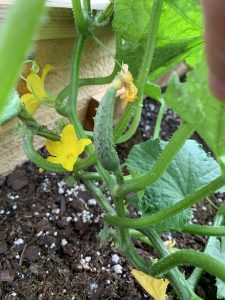
2. Males Outnumber the Females
It’s also helpful to know that in monoecious varieties, the male flowers will always outnumber the female flowers guaranteeing there will be enough pollen to go around. So relax, the guys are supposed to outnumber the gals; it’s part of the plan.
For the record, there are exceptions to the rule. Gynoecious varieties are hybrid plants developed by scientists to produce primarily female flowers. Generally, seed producers will include seeds from monoecious varieties so that the grower will have plants with male flowers as well. After all, it takes two to tango.
Another exception includes the parthenocarpic varieties, which produce fruit without the need for pollination.
It’s my understanding that gynoecious and parthenocarpic seeds are purchased primarily by large operations, say 500 cucumber plants or more, while the home gardener generally plants monoecious varieties.
If the package doesn’t designate the seeds as being monoecious, gynoecious, or parthenocarpic, check with the seed company. Two monoecious varieties are Marketmore and National Pickling. Gynoecious varieties include Stonewall and Calypso. Parthenocarpic varieties include Sweet Success and Tasty Jade.
This article contains affiliate links. If you make a purchase using one of these links, I will receive a very small commission at no additional cost to you, and it will help me maintain this website. Rest assured, I only recommend products I actually like!
3. Poor Nutrition
If you have male blossoms but no female blossoms, even though you’ve waited for the plant to mature, it’s possible your plant isn’t getting adequate nutrition. It takes more energy to produce female flowers so be sure to fertilize your plant accordingly. What’s more, container gardens tend to lose nutrition from the soil quicker than traditional gardens because, over time, it’s washed away as the water drains out of the containers.
4. Lack of Sun
Another reason your plants may not be producing female blooms is because it’s not receiving the right amount of sunlight. Fruit-bearing plants require a minimum of six hours of full sun. The great thing about container gardening is that you can usually relocate your plant to a sunnier location if needed.
5. Stress
No one does well under stress and plants are no exception. Environmental conditions such as improper watering, insect pressure or damage, excessive heat, or even a surprise cold snap can stress a plant and interrupt the production of female flowers. Do what you can to alleviate stressful conditions, and you should see female flowers before too long.
You can learn more about garden pests and plant diseases and how to treat them by following the links and scrolling through the articles. Or you can type in the name of the pest or disease in the search bar.
The good news is that each of these five reasons can easily be addressed so that your plant will have all that it needs to produce female flowers and abundant fruit all season long.
Note: If you found this article to be helpful, please share it on social media or with a friend via email. Thank you!
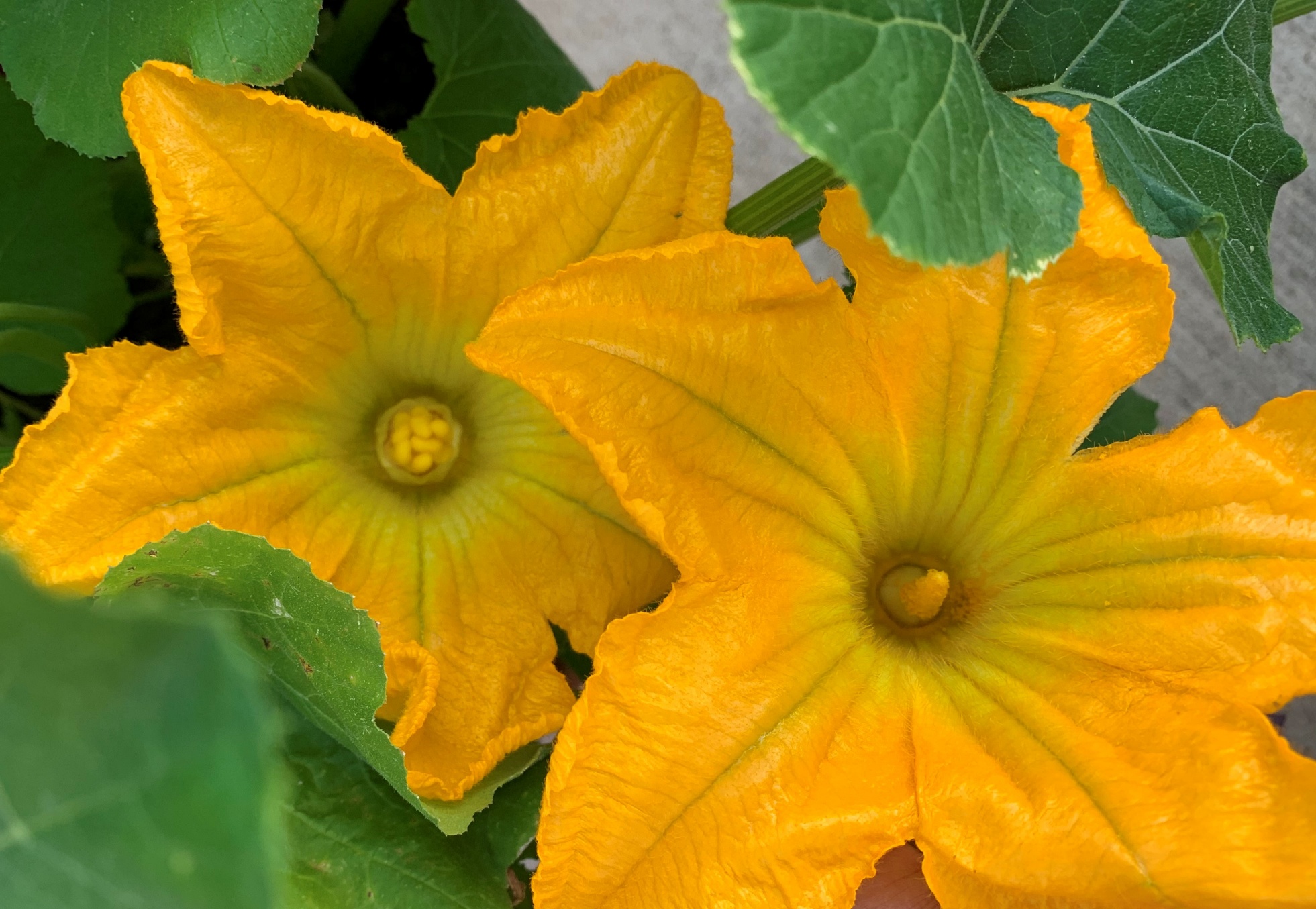
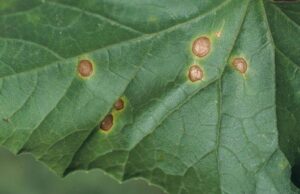
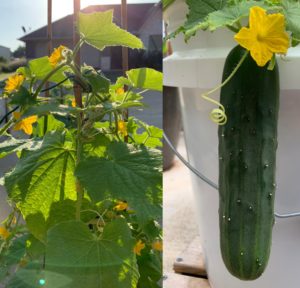
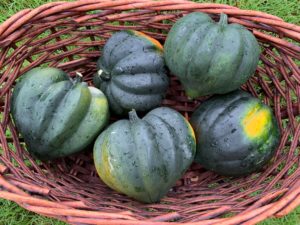
I’m having this issue with my cucumber plants and my zucchinis so this is timely & helpful info! Thanks!
Oh good! I’m glad it was helpful. Thanks for reading and commenting. Happy Gardening!
I live in the desert. My cucumber plant is beautiful but the fruit only gets about an inch long, then dries up and dies. Any suggestions?
Thanks for reaching out!
Stunted growth in cucumbers is most likely related to plant stressors, including a lack of water or inconsistent watering, nutrient deficiency, pests, or disease. However, if they only get an inch long, it could b insufficient pollination. Try hand pollinating. I explain how to do it in my article on growing zucchini. The principle is the same, the cucumber flowers are simply smaller. Another possibility is that since you live in the desert, the problem could be insufficient watering. Cucumbers have a high water content and therefore require a lot of water. The soil should be soggy, however. If these don’t work, you can test your soil using a quick, easy, and inexpensive soil test kit to check the nutrient levels and pH. Here is the one I use (Amazon affiliate link)
Best wishes!
I grow my cucumber in CA Desert and had SAME THE ISSUE, but now I grow them hydroponically in buckets (Kratky Method). no pumps or anything just water & nutrients in a bucket and the plant on top while roots stay within. It gives the plant a constant source of water and uses almost 90% less water than soil gardening. It is also not possible for weeds to pop up and I have yet to have any issues with pests. Kratky Hydroponic gardening also increasing production and requires much less labor